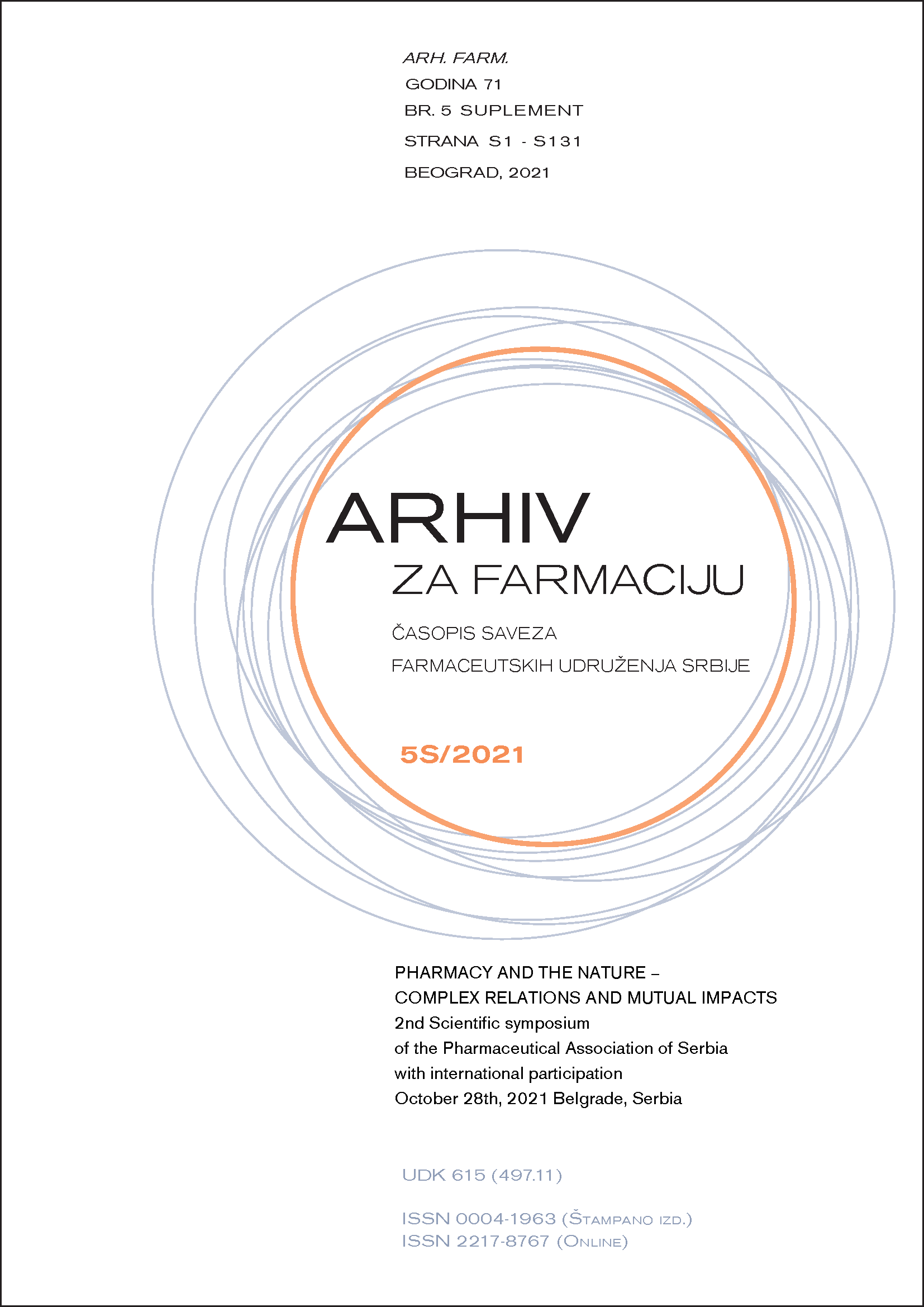REPROCESSING WASTE MATERIALS TO PRODUCE FILM-FORMING POLYMERS FOR PHARMACEUTICAL ORAL FILMS - REVIEW
Abstract
Growing demands for environmental sustainability and responsible exploitation of natural resources has led to increased research on the potential use and reprocessing of different waste materials as primary source of starting materials for different industries. Rigorous quality requirements for pharmaceutical active and auxiliary substances is hindering wider use of reprocessed waste materials in pharmaceutical industry. However, certain advances have been recently introduced in the field of natural polymers (biopolymers) production (1). Biocompatible, biodegradable and, generally, non-toxic biopolymers offer numerous advantages in different drug delivery systems development. In this review, focus is on biopolymers used as potential film-forming agents (FFA) for pharmaceutical oral films. An overview of the most commonly used biopolymers produced from different waste materials, resources used, and their application in pharmaceutical oral films manufacture is schematically presented.
Pullulan is employed in relatively low concentrations as FFA in pharmaceutical oral films, it is soluble in hot water, and prepared films exhibit fast hydration and swelling in contact with aqueous media. It is perceived as valuable eco-friendly FFA since high amounts of pullulan can be produced by fungus Aureobasidium pullulans which consume agricultural waste. Starch, synthesized by higher plants, and modified starches are broadly applied in different industries. Since starch demands are high, it requires large-scale industrial production, so possibility for its production by waste reprocessing would be advantageous. Pregelatinized starch is more commonly used for oral films as it can be dispersed in cold water (up to 30%), rapidly swells in contact with medium and shows excellent wettability (1, 2). Pectin is water-soluble polymer, present as structural material in cell-wall of different plants. It is not yet widely explored for oral film development. Useful concentration range for this polymer is narrow (around 3%) and, consequently, it is challenging to prepare films with desired characteristics. Gelatin is predominantly found in connective tissues, porcine and bovine skin, but may also be obtained from marine sources. Gelatin-based films are highly mucoadhesive independently of its concentration (usually around 2%), but wettability is poor. It is noted that film properties, manly its disintegration behavior may depend on the gelatin source (3).
With the attention drawn to environmental sustainability, natural excipients are becoming highly regarded, especially those that can be produced from existing agricultural and industrial waste. Based on their favourable characteristics, it is expected that polymers obtained from reprocessed waste materials will gain increased role in pharmaceutical oral films development.

